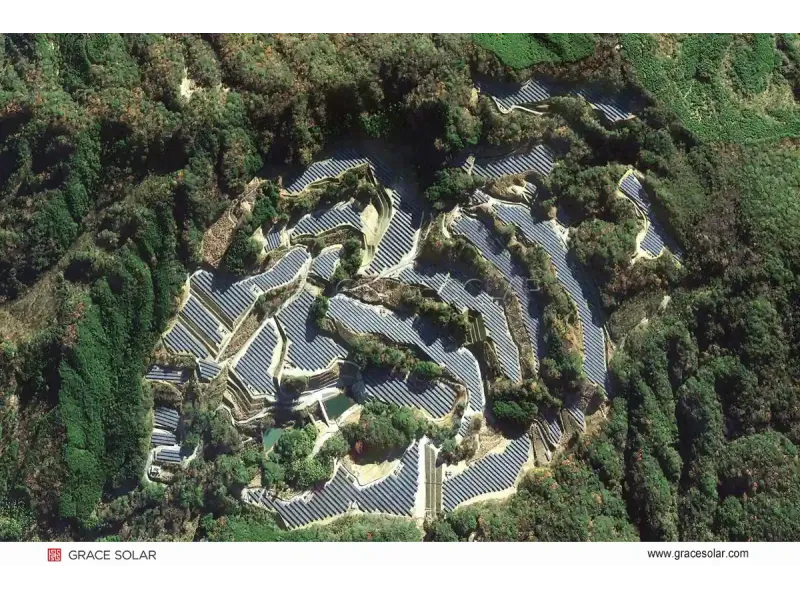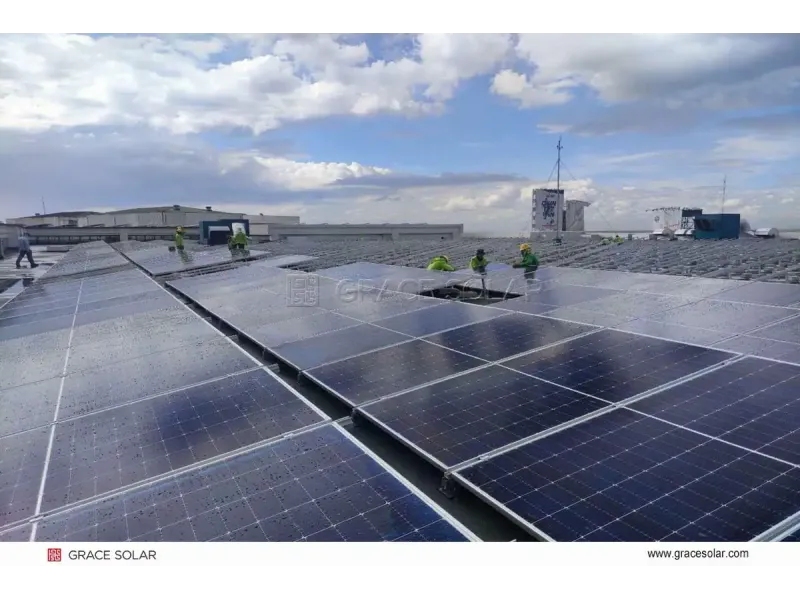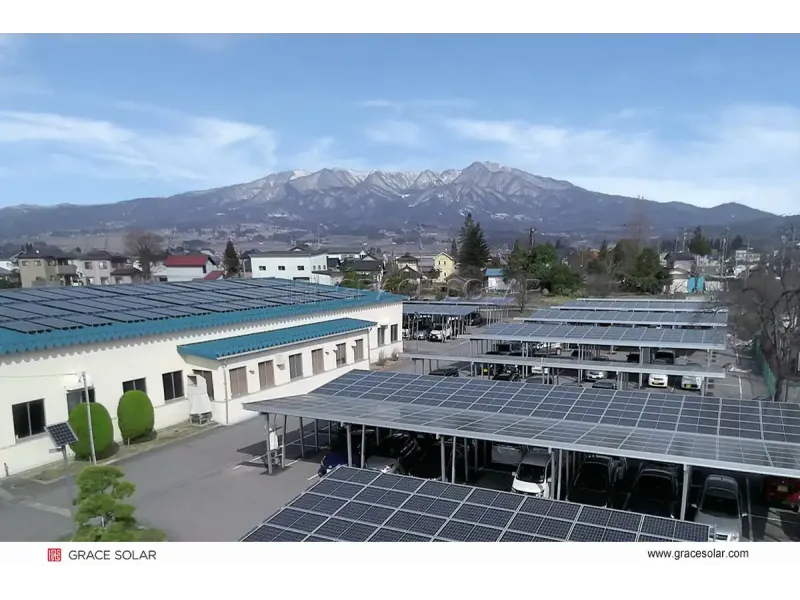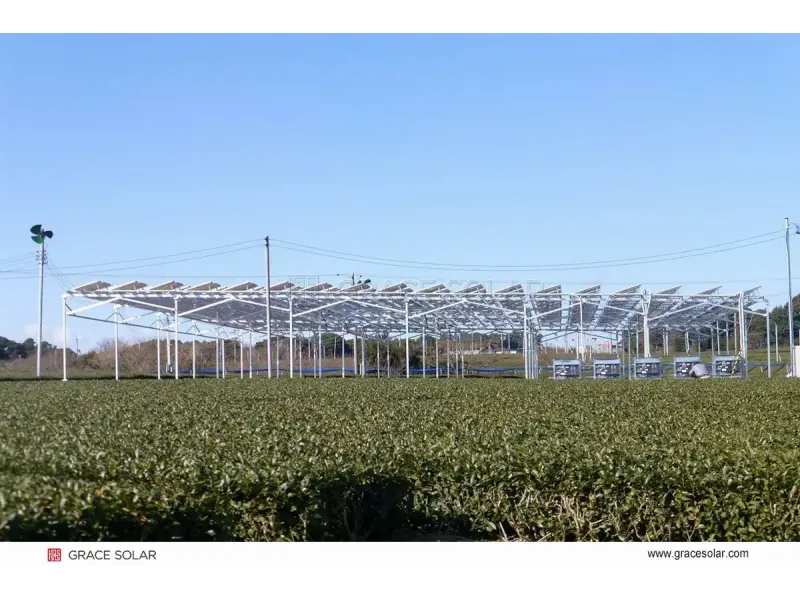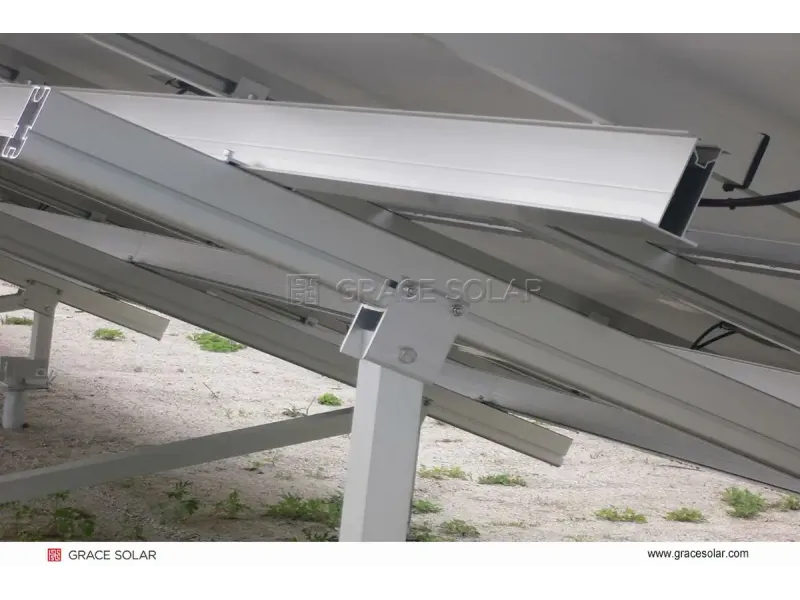
Solar Energy Safety: Global Analysis & Engineering Solutions
Published by Grace Solar | August 18, 2025 | Global Installation Experience: 48GW+
Understanding Solar Energy Fundamentals
Solar energy harnesses the sun's radiation through photovoltaic (PV) technology to generate clean electricity. According to the U.S. Department of Energy, the Earth receives approximately 173,000 terawatts of solar radiation annually - over 10,000 times global energy consumption. Modern systems like single-axis solar trackers can increase energy capture by 25-35% compared to fixed systems.
Global Growth
Solar capacity grew 42% annually over past decade, now powering 18M+ homes in US alone (SEIA 2025)
Carbon Impact
Solar systems offset 1.2M tons of CO₂ per GW annually - equivalent to planting 20M trees
Comprehensive Safety Analysis: Evidence-Based Insights
Multiple global studies confirm solar panels pose minimal risks when properly installed. Grace Solar's 650+ engineering team has analyzed safety data from 100+ countries to develop our safety protocols:
EMF Radiation Facts
Solar panels emit non-ionizing radiation at levels (0.2-1 μT) significantly below international safety limits (ICNIRP's 100 μT threshold). This is lower than common household devices:
- Microwaves: 8-20 μT
- Hair dryers: 0.1-7 μT
- WiFi routers: 0.5-2 μT
Fire Safety Statistics
NFPA data shows only 0.03% of solar installations experience fire incidents - primarily due to improper installation. Grace Solar's roof mounting systems incorporate:
- Arc-fault detection technology
- UL 2703 fire safety compliance
- Rapid shutdown systems (NEC 690.12)
Roof Integrity Protection
Industry studies show ≤0.5% leak rate with certified installers. Our roof mounting technology features:
- Triple-layer waterproof sealing
- Non-penetrating options for flat roofs
- Load distribution technology (≤4 PSF)
Environmental Safety
Modern PV panels contain 95%+ recyclable materials. Grace Solar's recycling program achieves:
- 98% aluminum recovery rate
- 90% glass reuse
- 100% silicon reclamation
Engineering Safety Into Solar Systems: Grace Solar Innovations
With 48GW of global installations across 100+ countries, Grace Solar implements multiple safety engineering layers in our mounting systems:
Structural Integrity Systems
Our ground mount systems feature:
- 140mph wind resistance (ASTM E1830 certified)
- Corrosion-resistant aluminum alloys (3000hr salt spray test)
- Seismic zone 4 compatibility
Case Study: Okinawa 40MW farm withstood Category 4 typhoon with zero structural damage
Advanced Tracking Safety
The GS-Light trackers incorporate:
- AI-powered structural stress monitoring
- Automatic stow position during extreme weather
- Real-time EMF emission reporting
Performance: 99.83% system availability in Arizona desert stress tests
Global Certification & Compliance
Grace Solar systems meet the world's most stringent safety standards:
The Future of Solar Safety: Emerging Technologies
Grace Solar's R&D center is pioneering next-generation safety technologies:
Sustainability Innovations
Our 2026 roadmap includes:
- 100% recyclable mounting components
- Carbon-negative manufacturing process
- Zero-landfill panel recycling program
Key Takeaways for Solar Energy Safety
Solar energy remains one of the safest power generation methods when systems are properly engineered and installed. With over 100 countries trusting Grace Solar's mounting solutions certified to UL 2703, TÜV, and JIS standards, homeowners and businesses can confidently harness the sun's power.

